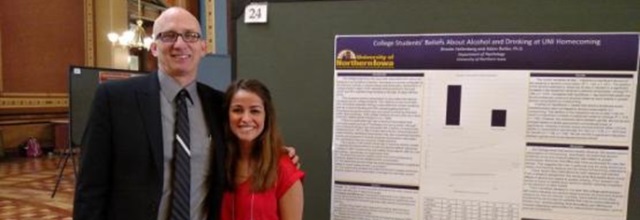Honors Program Theses
Award/Availability
Open Access Honors Program Thesis
First Advisor
Darell Wiens
Keywords
Gravity--Physiological effect; Xenopus laevis--Embryos--Growth;
Abstract
Every living organism on earth has developed and evolved in a 1G environment. It is likely that any deviation from Earth’s standard gravity will influence development, particularly at early stages. Previous reports from this lab showed that body length is reduced and that ventricle size is increased during development at 7G. The objective of the present study was to investigate the effect of hypergravity on the development of the ventricular myocardial wall and neuromuscular responsiveness of Xenopus laevis. At early gastrulation, (Nieuwkoop and Faber Stage 10) embryos were placed in a centrifuge simulating 7G, 10G, 15G or 17G until they reached stage 45 (approximately 72 hours from initiation of gastrulation). Mortality did not differ from controls in 7G, 10G and 15G experiments and averaged less than 15%. However, exposure to 17G resulted in 100% mortality. Immediately following centrifugation, embryos were stimulated to test neuromuscular responsiveness. Thirty percent, 25%, 36%, and 57% of hypergravity embryos in 7G, 10G, and 15G, respectively, required more than a tail touch, compared to only 8% in controls. A quarter of the embryos were fixed in paraformaldehyde and their body dimensions were measured. The snout-vent proportion of body length in the 7G, 10G, and 15G groups averaged 7.4, 18.9 and 27 percent greater than control. Fixed embryos were sectioned and stained using hematoxylin. The thickness of the ventricle wall was 5.3%, 31.7%, and 61.7% greater in 7G, 10G and 15G experimental groups compared to control groups. The length of the papillary muscle was 24.8%, 49.7%, and 107% greater in 7G, 10G and 15G experimental groups as compared to control groups. The papillary muscle area was 17.7%, 37.5%, and 90.6% greater in7G, 10G and 15G experimental groups. Remaining live embryos were saved and swimming behavior was observed daily for 5 minutes. Abnormal swimming behavior was found in 33% of 7G embryos and 2% of controls during this time. These embryos were later subjected to an orientation-swimming test. Hypergravity embryos required, on average, 9% longer to become oriented. The data demonstrates that hypergravity has significant effects on the development of the ventricular myocardial wall, neuromuscular responsiveness, and equilibrium organs. Specific mediators of these apparent effects on cardiac tissue and swimming behavior are being investigated.
Year of Submission
2014
Department
Department of Biology
University Honors Designation
A thesis submitted in partial fulfillment of the requirements for the designation University Honors
Date Original
2014
Object Description
1 PDF file (41 pages)
Copyright
© 2014 Stacey Howes
Language
EN
File Format
application/pdf
Recommended Citation
Howes, Stacey, "The effects of hypergravity on development of the heart and behavior of Xenopus laevis" (2014). Honors Program Theses. 138.
https://scholarworks.uni.edu/hpt/138



